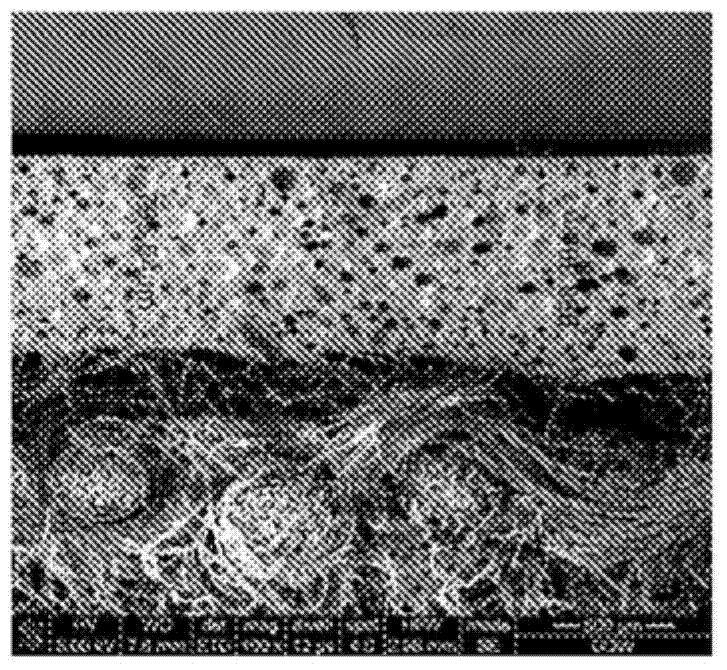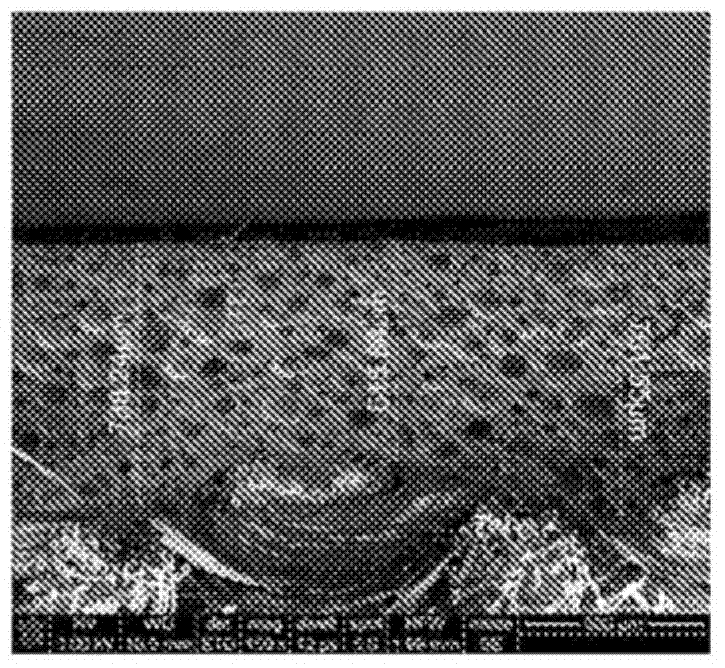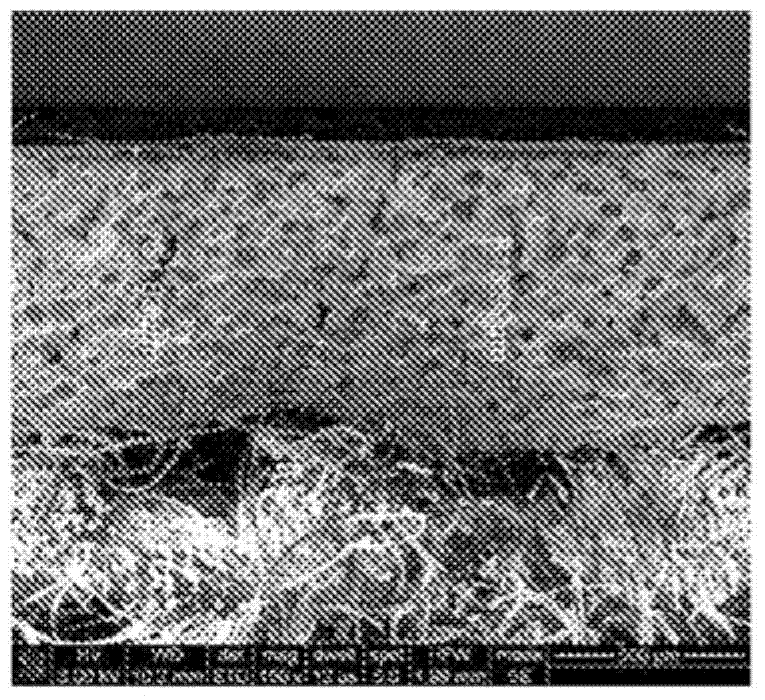Synthetic leather foam layer made from polyester polyol based backbone polyurethane dispersion
A polyester polyol, synthetic leather technology, used in transportation and packaging, fiber processing, textiles and papermaking, etc., can solve problems such as poor peel strength
- Summary
- Abstract
- Description
- Claims
- Application Information
AI Technical Summary
Problems solved by technology
Method used
Image
Examples
Embodiment Construction
[0029] The methods and leathers disclosed herein require the incorporation of at least one polyester polyol, at least one polyether polyol, and at least one isocyanate into the PUD.
[0030] Polyester polyols are compounds that have an ester-containing backbone and additionally contain at least two OH groups. They are typically made from aliphatic organic dicarboxylic acids having 2 to 12 carbons, preferably aliphatic dicarboxylic acids having 4 to 6 carbons, and polyvalent alcohols, preferably diols, having 2 to 12 carbons. Examples of aliphatic dicarboxylic acids include succinic acid, glutaric acid, adipic acid, suberic acid, azelaic acid, sebacic acid, decanedicarboxylic acid, maleic acid, fumaric acid, phthalic acid, Isophthalic acid and terephthalic acid. It is also possible to use the corresponding dicarboxylic acid derivatives, for example dicarboxylic acid monoesters or diesters of alcohols having 1 to 4 carbons, or dicarboxylic acid anhydrides. Examples of divalent...
PUM
 Login to View More
Login to View More Abstract
Description
Claims
Application Information
 Login to View More
Login to View More - R&D Engineer
- R&D Manager
- IP Professional
- Industry Leading Data Capabilities
- Powerful AI technology
- Patent DNA Extraction
Browse by: Latest US Patents, China's latest patents, Technical Efficacy Thesaurus, Application Domain, Technology Topic, Popular Technical Reports.
© 2024 PatSnap. All rights reserved.Legal|Privacy policy|Modern Slavery Act Transparency Statement|Sitemap|About US| Contact US: help@patsnap.com










